What is the difference between black box and white box testing – Black box and white box testing are two fundamental approaches to software testing, each with its own distinct characteristics and applications. Understanding the difference between these two techniques is crucial for software development teams seeking to achieve comprehensive and effective testing coverage. This guide will delve into the concepts, advantages, disadvantages, and best practices of black box and white box testing, providing a clear understanding of their respective roles in the software testing landscape.
Black Box Testing
Black box testing is a software testing method that treats the system as a black box and focuses on testing the external behavior of the system without considering its internal structure or implementation.
Black box testing is based on the assumption that the system’s functionality is specified in a clear and unambiguous manner, and that the tester has access to this specification.
Advantages of Black Box Testing
- It is easy to implement and requires minimal technical knowledge.
- It can be used to test any type of software system.
- It can help to identify errors in the system’s functionality.
- It can help to ensure that the system meets the user’s requirements.
Disadvantages of Black Box Testing
- It can be difficult to design effective test cases.
- It can be difficult to determine the cause of errors.
- It can be difficult to test all possible inputs and outputs.
- It can be difficult to test the system’s internal structure.
Black Box Testing Techniques
There are a number of different black box testing techniques that can be used, including:
- Equivalence partitioning: This technique divides the input domain into a number of equivalence classes, and then selects test cases from each equivalence class.
- Boundary value analysis: This technique selects test cases that are located at the boundaries of the input domain.
- Cause-effect graphing: This technique creates a graph that shows the relationship between the inputs and outputs of the system, and then selects test cases that cover all of the possible paths through the graph.
- State transition testing: This technique creates a model of the system’s state transitions, and then selects test cases that cover all of the possible transitions between states.
White Box Testing
White box testing, also known as clear box testing or structural testing, is a software testing method where the internal structure, design, and implementation of the software are known to the tester. This type of testing is performed to ensure that the internal workings of the software meet the specified requirements and that the code is efficient and effective.
Advantages of White Box Testing
- Thorough Testing: White box testing allows testers to examine the code in detail, enabling them to identify and test specific paths, conditions, and statements, leading to more comprehensive testing.
- Improved Code Coverage: By understanding the code structure, testers can design test cases that cover a wider range of code paths, ensuring that all aspects of the software are tested.
- Early Detection of Defects: White box testing can identify defects early in the development process, before they become more difficult and costly to fix.
Disadvantages of White Box Testing
- Time-Consuming: White box testing can be time-consuming as it requires a deep understanding of the code, which may not always be feasible for large or complex software.
- Reliance on Code Structure: The effectiveness of white box testing depends heavily on the quality of the code structure. Poorly structured code can make it difficult to design effective test cases.
- Limited to Implementation: White box testing focuses on the implementation details of the software, which may not always align with the actual user requirements or functional specifications.
Examples of White Box Testing Techniques
Common white box testing techniques include:
- Statement Coverage: Ensuring that every statement in the code is executed at least once during testing.
- Branch Coverage: Testing all possible outcomes of conditional statements (e.g., if-else statements).
- Path Coverage: Executing all possible paths through the code, including loops and nested structures.
- Data Flow Analysis: Analyzing the flow of data through the code to identify potential errors.
Comparison of Black Box and White Box Testing
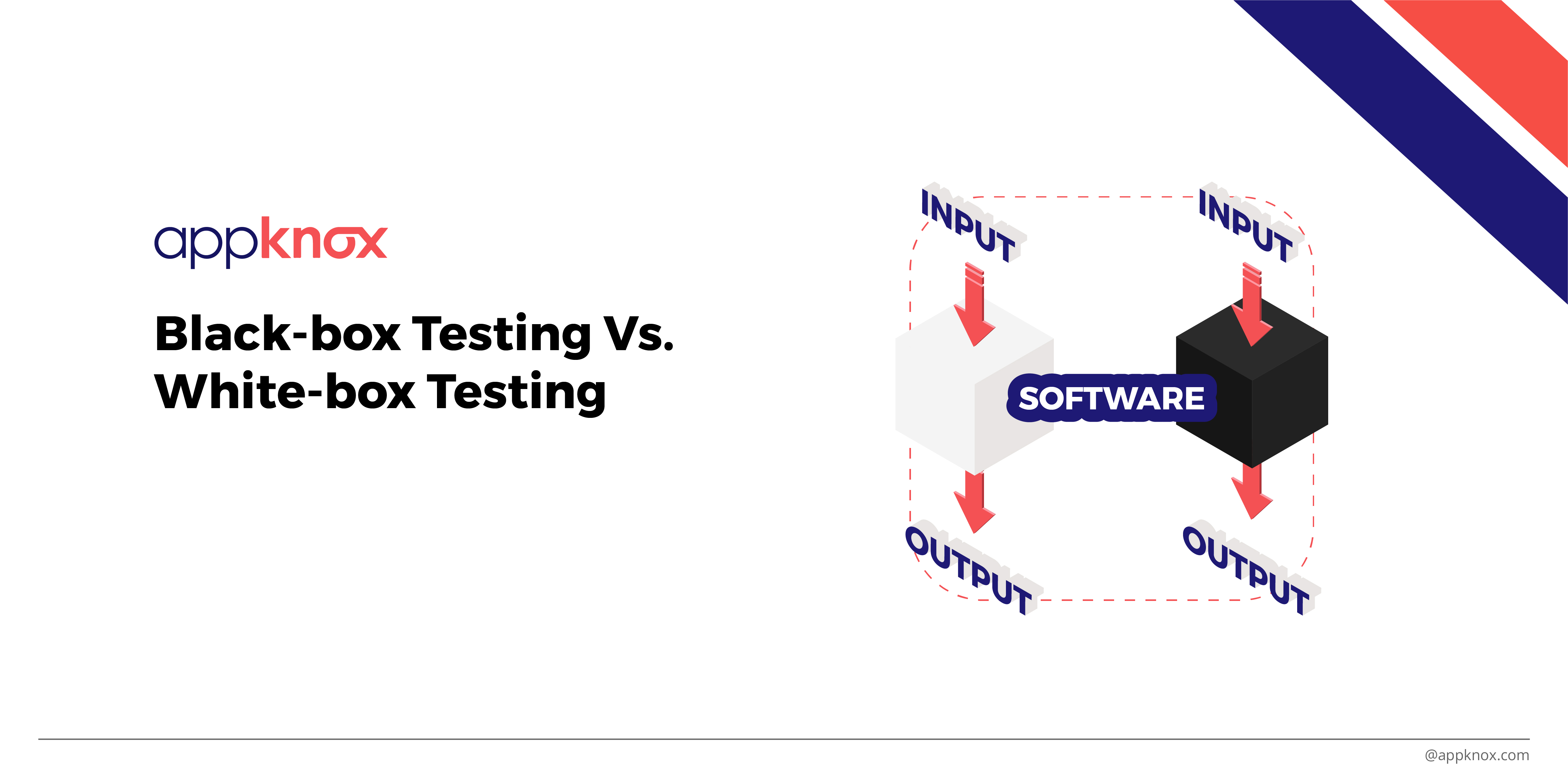
Black box and white box testing are two fundamental software testing techniques with distinct approaches and applications. Black box testing, also known as functional testing, focuses on the external behavior of the software, while white box testing, also known as structural testing, examines the internal structure and implementation of the software.
To better understand the differences and appropriate use cases of these testing techniques, let’s compare them based on various criteria:
Key Differences
| Criteria | Black Box Testing | White Box Testing |
|---|---|---|
| Focus | External behavior, functionality | Internal structure, implementation |
| Knowledge of internal structure | No prior knowledge required | Requires knowledge of implementation |
| Test case design | Based on specifications, requirements | Based on code structure, flow |
| Coverage | Functional coverage | Structural coverage |
| Effectiveness | Effective in finding functional defects | Effective in finding logic and implementation defects |
Appropriate Use Cases
Black box testing is most appropriate when:
- Testing the functionality of the software without prior knowledge of its internal structure
- Ensuring that the software meets the specified requirements and user expectations
- Performing acceptance testing or system testing
White box testing is most appropriate when:
- Testing the internal structure and logic of the software
- Identifying defects in the implementation and design
- Performing unit testing or integration testing
Examples of Black Box Testing
Black box testing is widely used in various industries to ensure the quality and functionality of software systems. Here are some specific examples of how black box testing is employed in real-world applications:
E-commerce Websites
In e-commerce, black box testing is used to verify the functionality of online shopping platforms. Testers use different inputs and scenarios to simulate user actions, such as adding items to the cart, checking out, and making payments. This helps identify any issues or bugs that could impact the user experience and overall performance of the website.
Mobile Applications
Black box testing is commonly used to test mobile applications across various devices and operating systems. Testers focus on the user interface, functionality, and performance of the app. They use automated testing tools to simulate user interactions, such as tapping buttons, swiping screens, and entering data. This helps uncover any defects or compatibility issues that could affect the user experience.
Banking and Financial Systems
In the banking and financial sector, black box testing is crucial for ensuring the security and reliability of financial transactions. Testers use various techniques to verify the functionality of ATMs, online banking systems, and other financial applications. They simulate different scenarios, such as withdrawing cash, transferring funds, and processing payments, to identify any vulnerabilities or errors that could compromise the integrity of the system.
Healthcare Systems
Black box testing plays a vital role in the testing of healthcare systems, such as electronic health records (EHRs) and medical devices. Testers use simulated data to evaluate the functionality, accuracy, and reliability of these systems. They focus on ensuring that the systems meet regulatory requirements and provide accurate information to healthcare professionals.
Benefits and Limitations of Black Box Testing
Black box testing offers several benefits, including:
- Focus on external behavior: It allows testers to focus on the external behavior of the system without getting into the internal implementation details.
- Ease of implementation: Black box testing is relatively easy to implement, as it does not require knowledge of the system’s internal structure.
- Coverage of user scenarios: It helps testers to identify issues that may arise from different user inputs and scenarios.
However, black box testing also has some limitations:
- Limited coverage of internal logic: It does not provide insights into the internal workings of the system, which may limit the ability to identify certain types of defects.
- Reliance on documentation: It requires accurate and up-to-date documentation to understand the system’s functionality and expected behavior.
- Potential for redundant testing: It can lead to redundant testing if the tester is not aware of the system’s internal design.
| Benefits | Limitations |
|---|---|
| Focus on external behavior | Limited coverage of internal logic |
| Ease of implementation | Reliance on documentation |
| Coverage of user scenarios | Potential for redundant testing |
Challenges of Black Box Testing in Complex Systems
Testing complex systems using black box testing can pose several challenges:
- Large number of possible inputs: Complex systems often involve a vast number of possible inputs, making it difficult to cover all scenarios.
- Unpredictable behavior: Complex systems may exhibit unpredictable behavior under certain conditions, making it challenging to design effective test cases.
- Limited visibility into internal state: Black box testing provides limited visibility into the internal state of the system, making it difficult to debug and diagnose failures.
To overcome these challenges, testers can employ strategies such as:
- Risk-based testing: Prioritizing test cases based on the likelihood and impact of potential defects.
- Exploratory testing: Using unstructured testing techniques to explore the system and uncover unexpected behaviors.
- Model-based testing: Creating models of the system’s behavior to guide test case design and execution.
Examples of White Box Testing
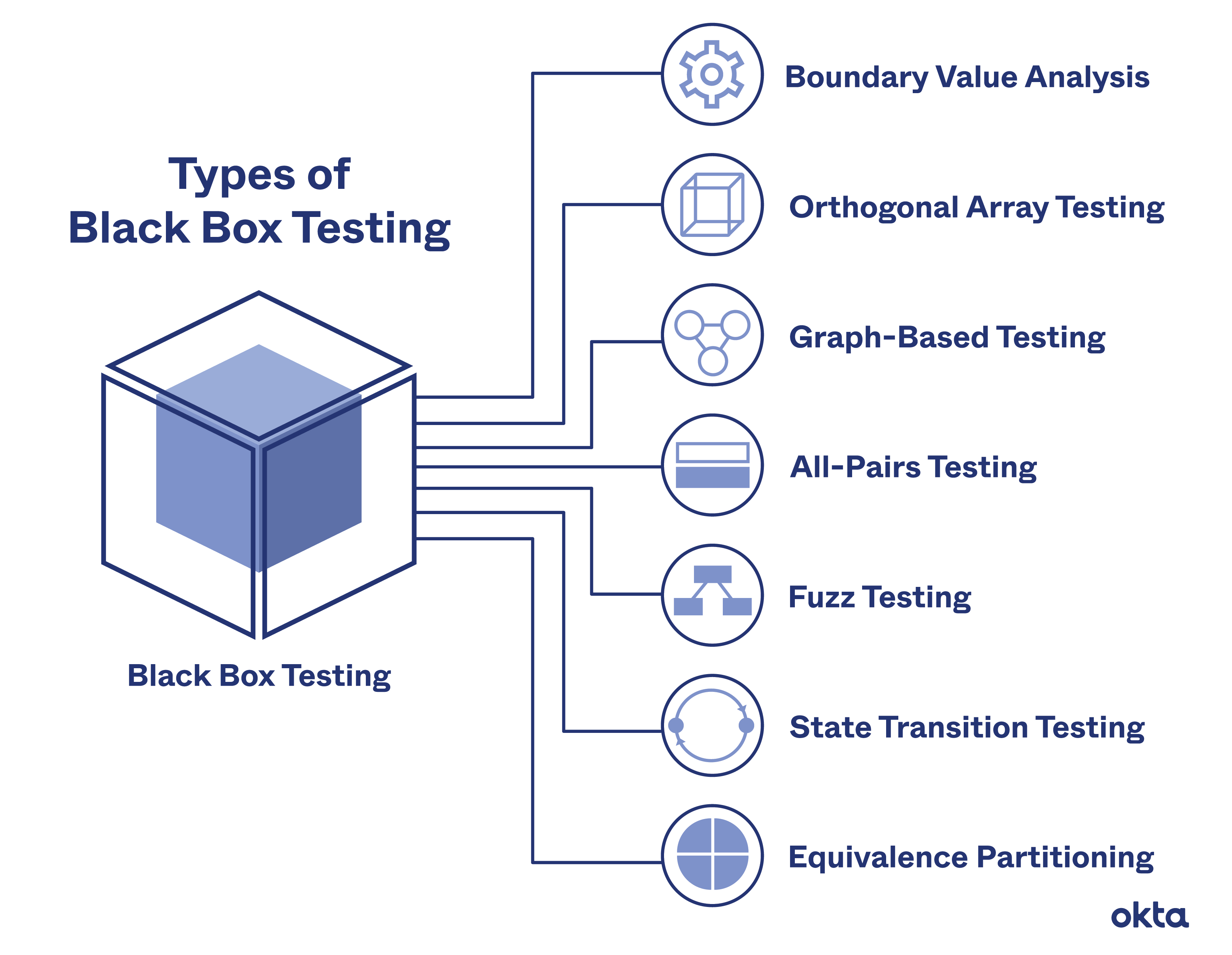
White box testing, also known as glass box testing, is a software testing method that examines the internal structure, design, and implementation of the software. It is used to verify the correctness of the code and to ensure that the software meets its specifications.
Here are some specific examples of how white box testing is used in real-world applications:
- Unit testing: White box testing is often used to test individual units of code, such as functions or classes. This type of testing can help to identify errors in the code and to ensure that the units are working as expected.
- Integration testing: White box testing can also be used to test the integration of different units of code. This type of testing can help to identify errors in the way that the units interact with each other.
- System testing: White box testing can be used to test the entire software system. This type of testing can help to identify errors in the system’s design or implementation.
White box testing has a number of benefits, including:
- It can help to identify errors in the code that may not be found through other testing methods.
- It can help to ensure that the software meets its specifications.
- It can help to improve the quality of the software.
However, white box testing also has some limitations, including:
- It can be time-consuming and expensive to perform.
- It can be difficult to test all of the possible paths through the code.
- It can be difficult to interpret the results of the testing.
Overall, white box testing is a valuable tool for software testing. It can help to identify errors in the code and to ensure that the software meets its specifications. However, it is important to be aware of the limitations of white box testing and to use it in conjunction with other testing methods.
Advantages of Black Box Testing
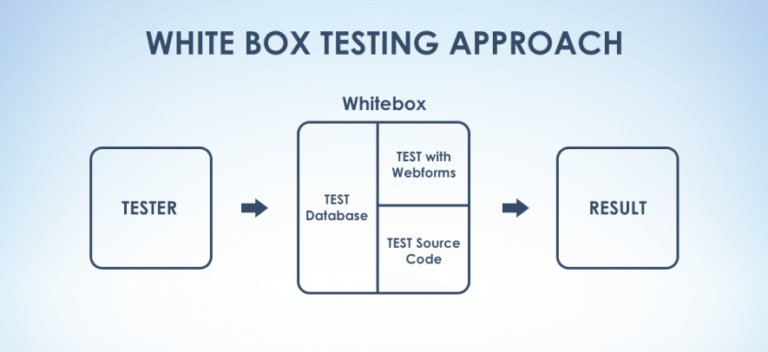
Black box testing offers numerous advantages in software testing. It provides a comprehensive approach to testing the functionality and behavior of a software system without delving into its internal structure. Here are some key advantages:
Simplicity and Accessibility
Black box testing is straightforward and accessible to testers with varying levels of technical expertise. Testers do not require in-depth knowledge of the software’s internal workings, making it an ideal approach for testing complex systems where understanding the codebase may be challenging.
Focus on External Behavior
Black box testing focuses solely on the external behavior of the software, ensuring that it meets the specified requirements and performs as expected by the users. This approach helps identify defects and inconsistencies that may not be apparent from the code perspective.
Independence from Implementation
Black box testing is independent of the software’s implementation details. Testers can create test cases based on the system’s specifications without being influenced by the internal design or coding techniques used. This independence enhances the objectivity and reliability of the testing process.
Enhanced User Perspective
Black box testing simulates real-world user interactions, providing valuable insights into how the software behaves from the user’s perspective. This approach helps identify usability issues, performance bottlenecks, and any discrepancies between the expected and actual behavior of the system.
Complements White Box Testing
Black box testing can complement white box testing, which focuses on the internal structure of the software. By combining both approaches, testers can gain a comprehensive understanding of the system’s behavior and identify a wider range of defects.
Advantages of White Box Testing
White box testing offers several advantages that contribute to the improvement of software development processes.
Increased Code Coverage
White box testing enables testers to execute a wider range of test cases by directly accessing the internal structure and logic of the code. This thorough testing approach helps ensure that a significant portion of the code is exercised, leading to higher code coverage.
Reduced Defects
By examining the internal workings of the code, white box testing can identify potential defects and logical errors that might not be easily detectable through black box testing. This proactive approach helps reduce the likelihood of defects being released into production, resulting in more stable and reliable software.
Improved Code Quality
White box testing provides insights into the code’s structure, flow, and decision-making processes. Testers can evaluate the efficiency of algorithms, identify redundant or unnecessary code, and suggest improvements to enhance the overall quality and maintainability of the codebase.
Examples of White Box Testing in Software Development
Numerous successful software development projects have leveraged white box testing to improve their processes. For instance, in the development of the Linux kernel, white box testing has been instrumental in identifying and resolving defects, contributing to the kernel’s stability and reliability. Additionally, in the automotive industry, white box testing has been used to ensure the safety and performance of critical software systems in vehicles.
Disadvantages of Black Box Testing
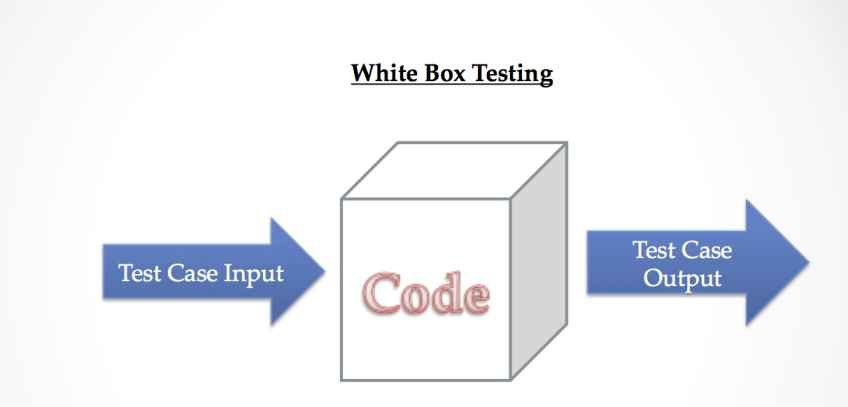
Black box testing, while a valuable tool in software testing, has certain limitations and challenges that can impact its effectiveness. Understanding these disadvantages is crucial for determining when and how to apply black box testing.
One significant limitation of black box testing is its inability to detect internal errors or defects in the software’s code. Since black box testing focuses on the external behavior of the software, it cannot provide insights into the internal workings or implementation details.
Situations Where Black Box Testing May Not Be Suitable
Black box testing may not be the most appropriate approach in certain situations, such as:
- When the internal structure and design of the software are not known or accessible.
- When the focus is on testing the specific implementation details or logic of the software.
- When the software is complex and requires detailed knowledge of its internal workings for effective testing.
In these cases, white box testing or a combination of black box and white box testing may be more suitable.
Limitations and Challenges
- Limited fault detection: Black box testing can only detect errors that manifest in the observable behavior of the software, making it less effective in identifying internal defects.
- Lack of control over test cases: Testers have limited control over the selection and execution of test cases, which can lead to incomplete or redundant testing.
- Difficulty in identifying root causes: Black box testing does not provide insights into the internal state of the software, making it challenging to pinpoint the exact cause of failures.
- High maintenance cost: Test cases in black box testing are often based on user requirements, which can change frequently, leading to high maintenance costs.
Summary Table, What is the difference between black box and white box testing
| Disadvantages of Black Box Testing |
|---|
| Limited fault detection |
| Lack of control over test cases |
| Difficulty in identifying root causes |
| High maintenance cost |
Disadvantages of White Box Testing: What Is The Difference Between Black Box And White Box Testing
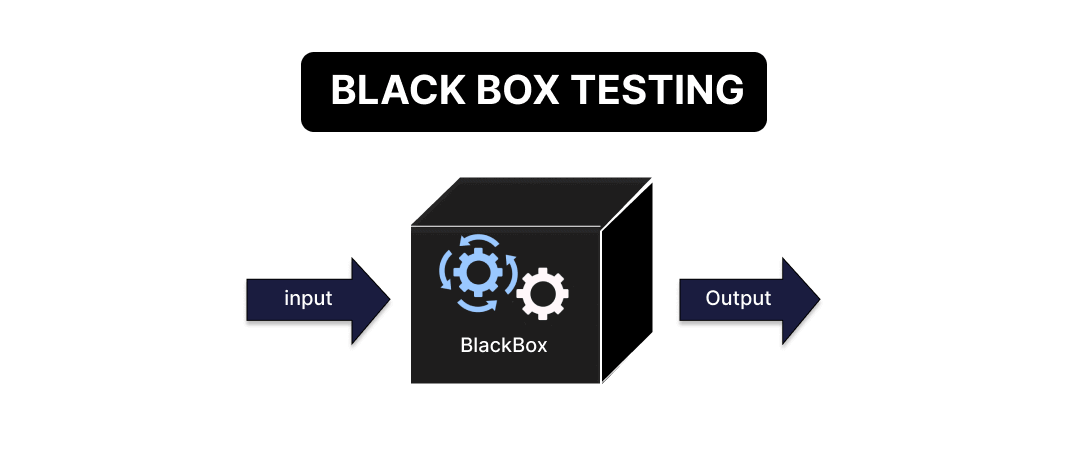
White box testing, while powerful, does have some limitations and challenges:
Opaque to End-Users
White box testing requires knowledge of the system’s internal workings, which may not be readily available to end-users. This can make it difficult to ensure that the system meets their needs and expectations.
Test Case Creation Complexity
Creating test cases for white box testing can be complex and time-consuming, especially for large and complex systems. This can make it difficult to achieve comprehensive coverage.
Path Dependency
White box tests are often path-dependent, meaning that the outcome of a test can depend on the specific path taken through the code. This can make it difficult to generalize the results of white box testing to other paths.
False Positives
White box testing can sometimes produce false positives, indicating that a fault exists when there is none. This can be due to the fact that white box testing focuses on the internal structure of the system, rather than its external behavior.
Comparison to Black Box Testing
Compared to black box testing, white box testing is generally more expensive and time-consuming. It also requires more specialized knowledge and expertise.
Unsuitable Situations
White box testing is not always suitable, especially in situations where:
- The system’s internal workings are not readily available or understandable.
- The system is large and complex, making it difficult to create comprehensive test cases.
- The focus is on testing the system’s external behavior, rather than its internal structure.
Despite these limitations, white box testing remains a valuable tool for software testing. It can provide insights into the system’s internal workings and help to identify faults that may not be found using other testing techniques.
Best Practices for Black Box Testing
Black box testing, also known as functional testing, is a software testing technique that evaluates the functionality of a software application without examining its internal structure or implementation. To conduct effective black box testing, it is essential to follow certain best practices and guidelines.
Test Case Selection and Techniques
One of the key aspects of black box testing is selecting appropriate test cases. The following techniques can be used to identify effective test cases:
- Equivalence partitioning: Dividing the input domain into equivalence classes and selecting one test case from each class.
- Boundary value analysis: Testing the boundaries of input domains, including minimum, maximum, and invalid values.
- Cause-effect graphing: Identifying cause-and-effect relationships between inputs and outputs to create test cases that cover different scenarios.
Comprehensive Checklist
To ensure thorough black box testing, it is helpful to follow a comprehensive checklist. This checklist may include steps such as:
- Define the scope and objectives of the testing.
- Identify and prioritize test cases.
- Execute test cases and record results.
- Analyze results and identify defects.
- Report defects and track their resolution.
Pitfalls and Challenges
Black box testing can be challenging, and it is important to be aware of potential pitfalls. Some common challenges include:
- Incomplete test coverage: Ensuring that all functionality is covered by test cases can be difficult.
- Lack of control over internal structure: Testers may not have access to the internal design of the software, which can limit their ability to identify defects.
- Time constraints: Thorough black box testing can be time-consuming, especially for complex software systems.
Case Study
Consider a black box testing scenario for an e-commerce website. Test cases could include:
- Testing the functionality of the search bar by entering various search terms.
- Verifying the checkout process by simulating different payment methods.
- Evaluating the responsiveness of the website on different devices and browsers.
Key Takeaways
Effective black box testing requires careful planning, execution, and analysis. By following best practices, selecting appropriate test cases, and addressing common challenges, testers can improve the quality and reliability of software applications.
Best Practices for White Box Testing
White box testing is a powerful technique for uncovering defects in software. By following these best practices, you can maximize the effectiveness of your white box testing efforts:
- Select appropriate test cases. The key to effective white box testing is to select test cases that are likely to uncover defects. This means understanding the code and identifying the areas that are most likely to contain errors.
- Use a variety of testing techniques. There are a number of different white box testing techniques available, each with its own strengths and weaknesses. By using a variety of techniques, you can increase the likelihood of finding defects.
- Review the code. One of the best ways to improve the effectiveness of your white box testing is to review the code yourself. This will help you to understand the code and identify potential defects.
- Use a testing tool. There are a number of testing tools available that can help you to automate the white box testing process. These tools can save you time and effort, and they can also help you to improve the accuracy of your testing.
Ethical Considerations in Testing
Ethical considerations play a significant role in both black box and white box testing. It is crucial to maintain transparency and obtain informed consent throughout the testing process.
Transparency and Informed Consent
Testers must be transparent about the purpose and scope of testing to participants. Participants should be fully informed of the potential risks and benefits of participating in the testing process. This includes disclosing any potential data collection or monitoring that may occur during testing.
Informed consent is essential to ensure that participants understand the nature of the testing and make informed decisions about their participation. This helps to protect participants’ privacy and autonomy and ensures that testing is conducted ethically and responsibly.
Future Trends in Testing
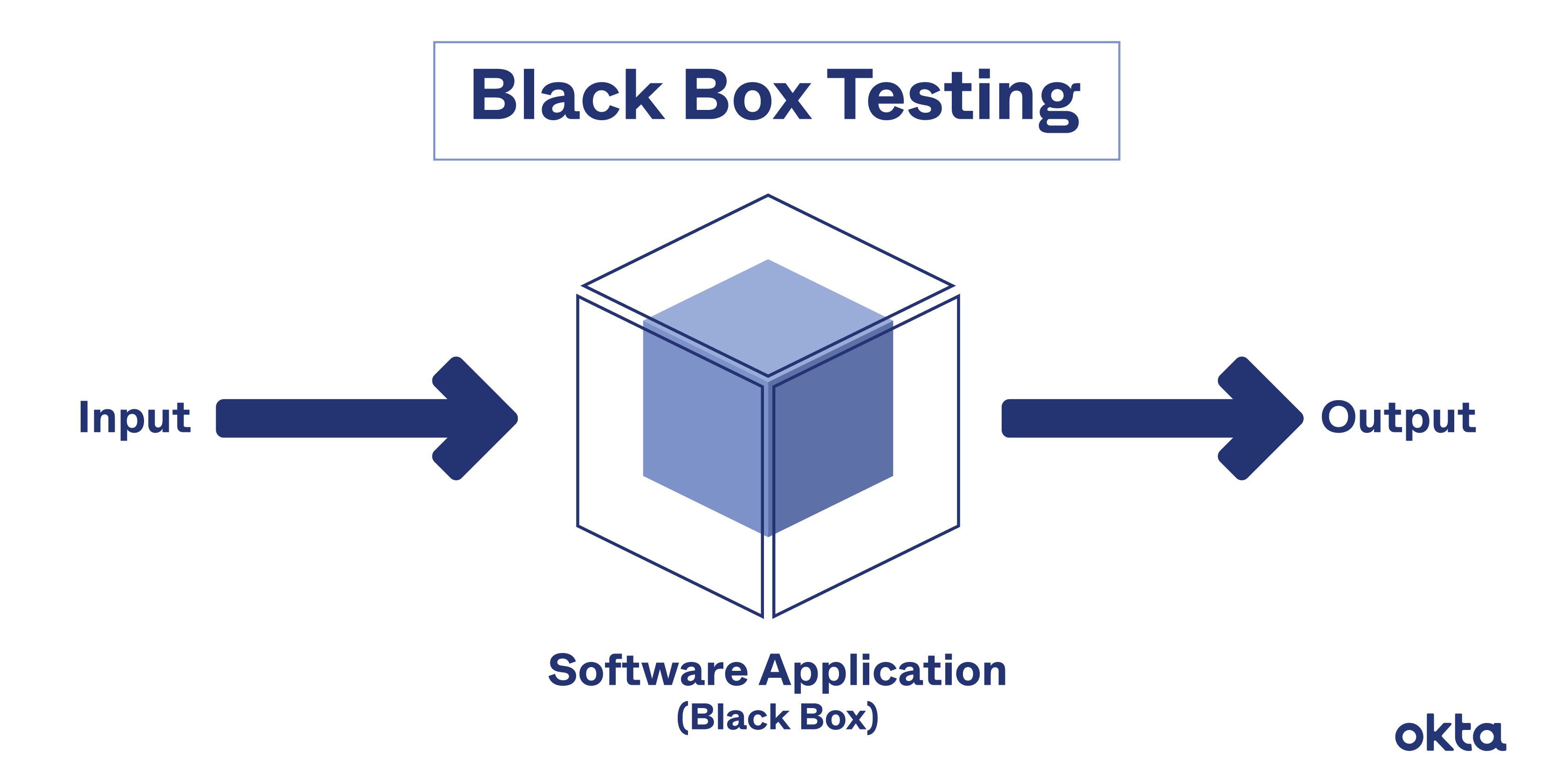
As technology continues to advance, the field of software testing is undergoing a transformation. Emerging trends such as artificial intelligence (AI) and machine learning (ML) are poised to revolutionize the way we test software, promising to improve efficiency, accuracy, and coverage.
AI and ML in Testing
AI and ML are already being used in a variety of testing applications, including:
- Test case generation: AI can automatically generate test cases based on requirements and historical data, reducing the time and effort required for manual test case creation.
- Test execution: ML algorithms can execute test cases and analyze the results, identifying potential defects and anomalies that may be missed by manual testing.
- Defect detection: AI can be used to detect defects in software by analyzing code patterns and identifying deviations from expected behavior.
Comparison of Traditional and AI-Driven Testing Methods
Traditional testing methods rely on human expertise and manual processes, while AI-driven testing methods leverage automation and data analysis to improve efficiency and accuracy.
| Characteristic | Traditional Testing | AI-Driven Testing | |||
|---|---|---|---|---|---|
| Efficiency | Manual and time-consuming | Automated and efficient | |||
| Accuracy | Prone to human error | Highly accurate and consistent | |||
| Coverage | Limited to a subset of test cases | Comprehensive and exhaustive | |||
| Cost | Labor-intensive and expensive | Cost-effective and scalable |
| Case Study | Testing Type | Techniques Used | Challenges | Findings | Recommendations |
|---|---|---|---|---|---|
| E-commerce Website Testing | Black Box Testing | Functional Testing, Exploratory Testing | Complex user interface, Multiple payment gateways | Identified critical bugs in checkout process, Improved user experience | Use exploratory testing to uncover edge cases, Focus on high-priority business scenarios |
| Mobile Application Security Testing | White Box Testing | Code Review, Unit Testing, Penetration Testing | Obfuscated code, Time constraints | Detected vulnerabilities in data encryption, Strengthened security measures | Involve developers early in the testing process, Use automated tools to speed up testing |
Lessons Learned
Case studies provide valuable insights into the benefits and challenges of black box and white box testing. Here are some key lessons learned:
“One of the most important lessons we learned was the importance of planning and preparation. We spent a lot of time upfront defining our testing goals and objectives, and this paid off in the end.”
– Anonymous Tester
“Using a combination of black box and white box testing techniques allowed us to achieve comprehensive test coverage and identify both functional and security issues.”
– Senior Software Engineer
“By involving developers in the testing process, we were able to resolve defects more quickly and efficiently.”
– Test Manager
These lessons emphasize the importance of careful planning, collaboration, and the use of appropriate testing techniques to ensure successful testing projects.
Glossary of Testing Terms
Black Box Testing
- Black Box Testing: A software testing method that treats the software as a “black box” and focuses on testing the functionality and behavior of the software from an external perspective, without considering the internal implementation details.
- Functional Testing: A type of black box testing that verifies if the software meets the specified functional requirements and behaves as expected.
- Input/Output Testing: A black box testing technique that involves providing specific inputs to the software and checking the corresponding outputs to ensure they are correct and meet the expected behavior.
White Box Testing
- White Box Testing: A software testing method that involves examining the internal structure and implementation details of the software to test its correctness and quality.
- Structural Testing: A type of white box testing that focuses on testing the internal structure and logic of the software, such as code coverage and control flow.
- Unit Testing: A white box testing technique that tests individual units or modules of code to verify their functionality and correctness.
Comparison of Black Box and White Box Testing
- Purpose: Black box testing focuses on verifying the external behavior of the software, while white box testing focuses on examining the internal structure and implementation.
- Approach: Black box testing treats the software as a black box, while white box testing requires access to the source code and internal details.
- Test Cases: Black box testing typically uses test cases derived from requirements and specifications, while white box testing uses test cases based on the internal structure and logic.
- Cost and Time: Black box testing is generally less expensive and time-consuming than white box testing.
Common Misconceptions
- Black box testing is always better than white box testing: Both black box and white box testing have their own advantages and disadvantages, and the choice of testing method depends on the specific software and testing objectives.
- White box testing is only for developers: While white box testing requires knowledge of the source code, it can also be valuable for testers to understand the internal structure and implementation to design effective test cases.
Closure
In conclusion, black box and white box testing offer complementary approaches to software testing, each with its own strengths and limitations. Black box testing focuses on the external behavior of the software, while white box testing examines the internal structure and implementation. By understanding the differences between these two techniques, software development teams can optimize their testing strategies and achieve higher levels of software quality and reliability.
Answers to Common Questions
What is the key difference between black box and white box testing?
Black box testing treats the software as a black box, focusing on its external behavior and functionality, while white box testing examines the internal structure and implementation of the software.
When is black box testing most appropriate?
Black box testing is ideal for testing the user interface, functionality, and performance of software from an end-user perspective.
What are the advantages of white box testing?
White box testing provides thorough code coverage, helps identify logical errors, and improves code quality.
What are the limitations of black box testing?
Black box testing can be time-consuming and may not be effective for testing complex internal logic or code coverage.
